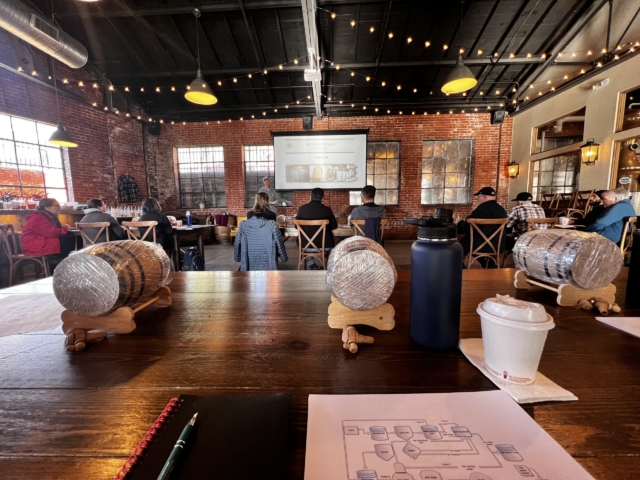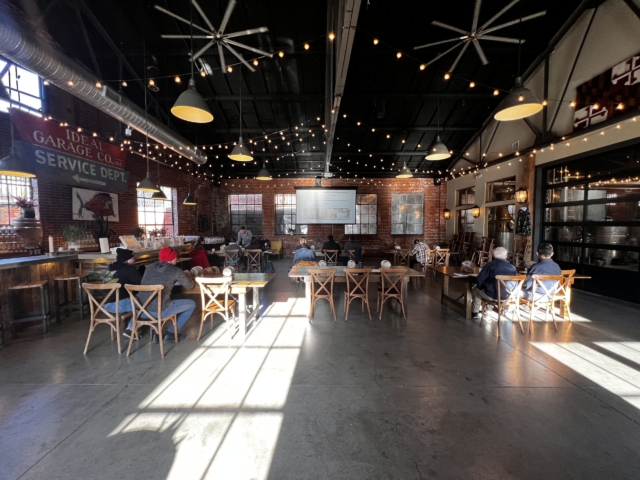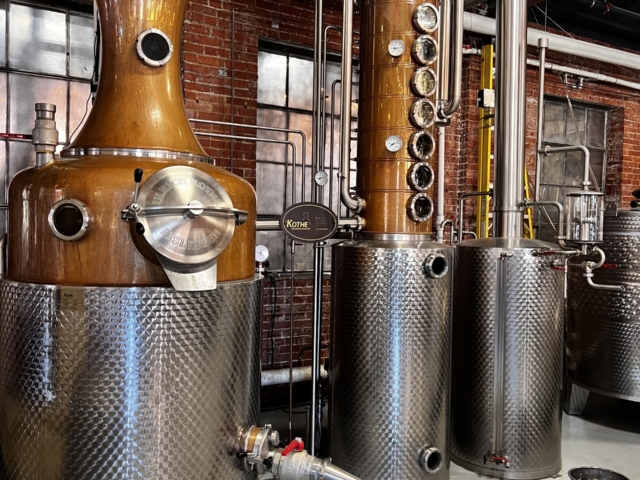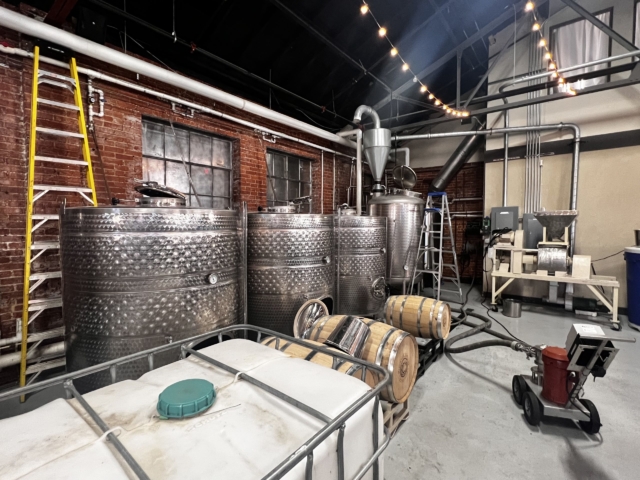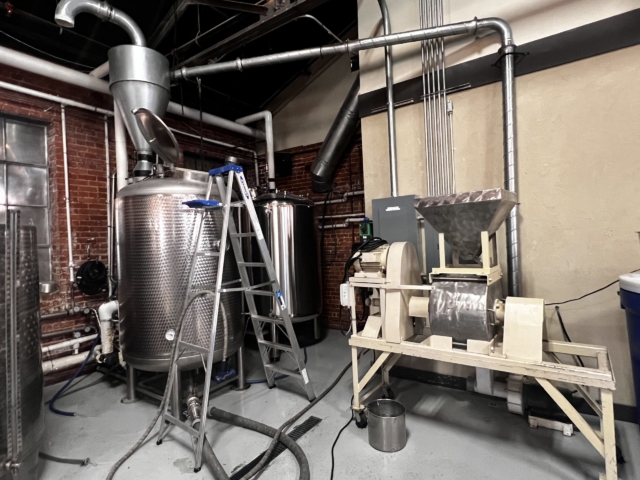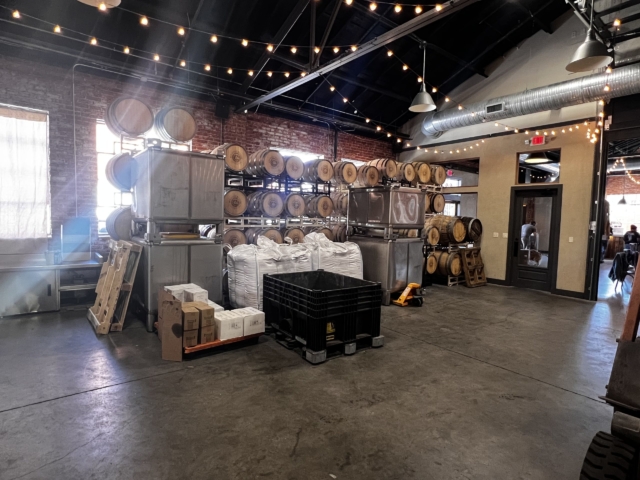“Distilling 101”
This past Monday, April 10th 2023, I had the pleasure of attending McClintok Distilling‘s “Distilling 101” class with my good friend, Mike. The lovely ladies of our lives gifted both of us this class as a Christmas and birthday gift. It was on the calendar for at least six (6) months.
The four (4) of us (again, that’s myself, Mike, and those ladies I mentioned) spent a long weekend on the Bourbon Trail in 2022. During that trip, Mike and I already started talking about what it would take to distill on our own back at home. Those ladies caught wind of said discussion and determined it would be best to “edge-u-mah-cate” us before we go off spending lots of money on something we know essentially nothing about. (Hint about upcoming Distiller 101 class outcome: we really knew nothing about this 🤣).
So this class was on a Monday. We took off work for the day, met up at the nearby Park and Drive, then drove together into Frederick, MD. We entered the distillery and were one of a few people already there. The entire class ended up being a few more then 24 students. Coffee, doughnuts, and introductions covered the 30 minutes we had to spare before the class started.
Breaden and Tyler (the distillery’s co-owners) greeted the class with introductions about the distillery, a heartfelt thanks for coming to learn and support small business, then the class got kicked off. The tables were set with printouts of the presentation, a few other hand outs, and a 2L empty cask.
We started with a detailed tour around the distilling area of the distillery. A description of each piece of equipment, and the flow of a “run”. We started with the grains, then a stone mill, boiler, fermenter, and then the still. We talked out heads, hearts, tails, diluting, barreling, and bottling. This introduction was meant to create some common layer of understanding so the technical details could be achieved. I appreciated this immensely. The distillery was just small enough that their equipment was easy to make sense of, see how it works, and understand it’s purpose.
After the intro tour, we returned to our tables and dove into an in-depth conversation about grains, why they matter, the differences, and the fermentation process. This was so detailed at some point, we even looked at the chemical structures of the grains. This was my first indication “Yeah…. I really didn’t know anything about this”. As a life long learner, I thoroughly enjoyed every moment of this and took lots of detailed notes.
Lunch was served and was plentiful. To my surprise, there was no consumption of alcohol happening during this. I didn’t expect it but I assumed it might have been present. Nope. This was strictly an educational day, which is exactly what I wanted.
The class resumed and we moved onto topics about the distillation process and barreling. I think new distillers (i.e. the students) enjoy this part the most because it seems to be the most iconic part of distilling. Everyone was extra interested, as was I.
As we neared the end of the day, we headed back into the distilling area and were present from the start to finish of a distilling run (i.e. just running the still). We were present to experience lots and lots of sampling of the heads, hearts, and tails. The distillate (that’s the near-pure alcohol that comes as the output from the still) tasted great all by itself. We diluted this down to 56% ABV and then bottled it. Each student took home two bottles to accompany their 2L cask.
The class was excellent! It was much more detailed than I imagined, but exactly what I needed and wanted. I feel that I now have enough knowledge to let the real learning start.
Just today (before I wrote this), I finished “swelling” the wooden cask I brought home with water. This was a process to fill the barrel with water, and keep refilling it until the water level stops decreasing, indicating that the wooden staves are now completely swollen with water, which makes the wood expand and seals most of the gaps remaining in the wooden barrel. At this point, I’m going to sample the product every week and log the color, tasting notes, and overall satisfaction. Once I think it’s ready (which I guess I’ll have to decide for myself what “ready” means to me), I’ll return the product back into the McClintok bottoms, label them, and seal them.
I would highly recommend this class for any and every whiskey enthusiast who wants to know a lot more about how it’s made.

